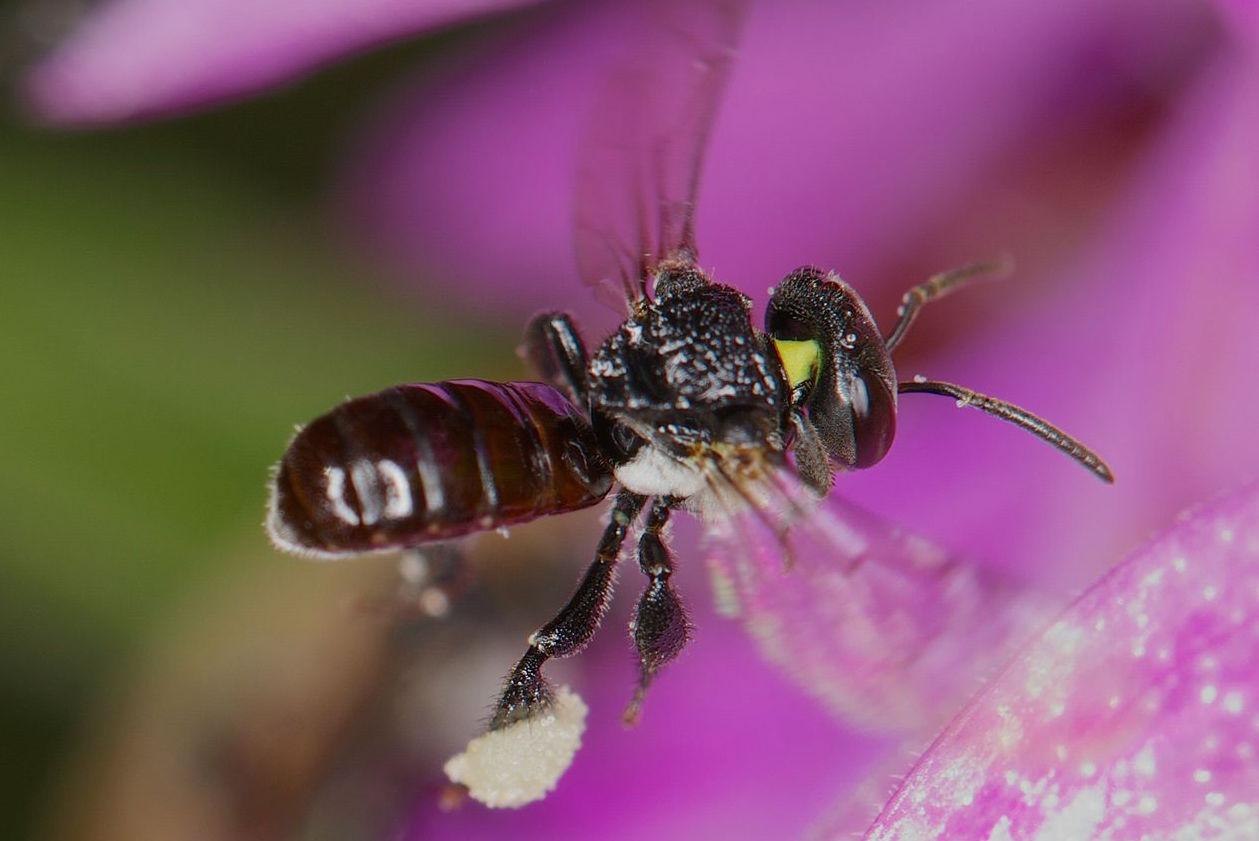D: Yaël, robotic aerial vehicles designed for functions such as search and rescue need ways to avoid crashing into trees, buildings, and walls.
Y: Don, have you ever noticed how good flying insects are at navigating and avoiding obstacles?
D: Insects? I’ve never really noticed.
Y: Well, there's a lot that robot designers can learn from studying how insects control their flight.
D: But how can scientists know what's going on in the brain of a flying insect?
Y: In the lab, they put tiny electrodes into the brain of an insect to monitor the electrical activity of single brain cells. The insect's body has to be stationary, so they make small wind tunnels with moving computer displays to simulate the sights and other sensations of flight.
D: So, have the scientists figured out what cues that insects use to control their flight?
Y: Yes, they have. When an animal moves through an environment, the visual world appears to move past it, because of the animal's own motion. Nearby things appear to move quickly, and far away things more slowly. Insects use this apparent motion to detect barriers and obstacles.
D: For this to be useful to roboticists, you would need to have a computer program that does what an insect's brain does.
Y: Yes, and in 2016, a team of British scientists reported that they had created a computer program that simulates how neural networks in a bee's brain use visual motion to detect and avoid obstacles. They tested the program by creating a computer simulation of a bee flying down a corridor. The program was able to reproduce the bee's ability to fly down the corridor without running into the walls.









